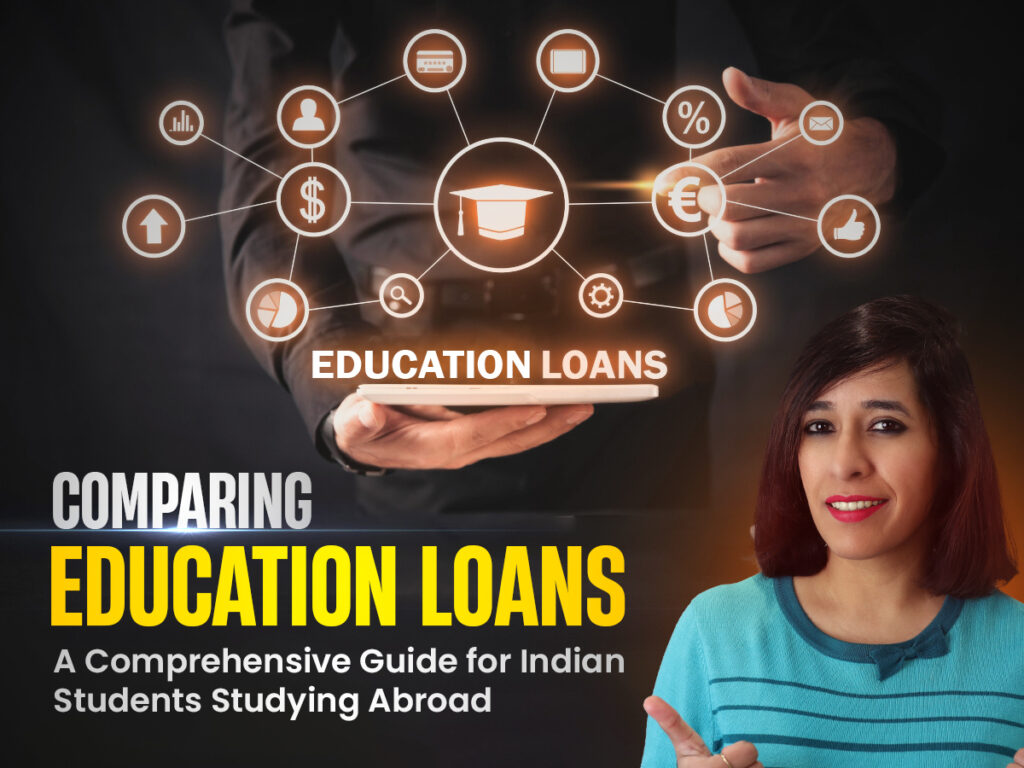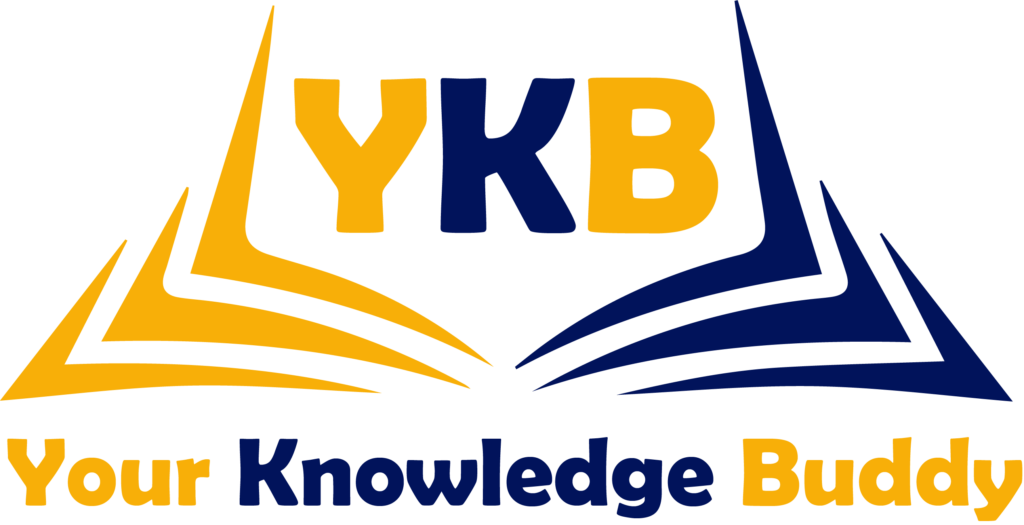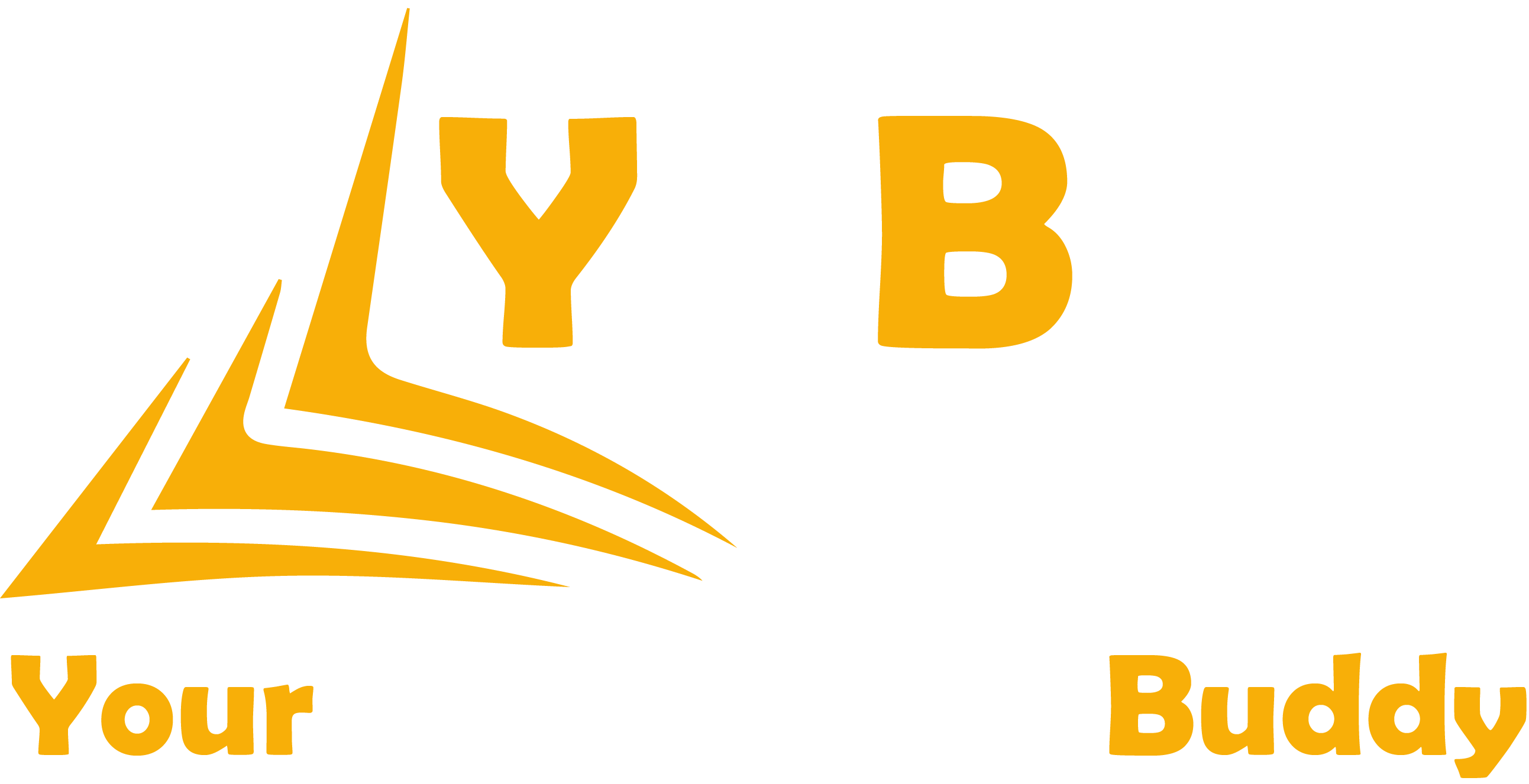Pursuing higher education abroad is a dream for many Indian students, but the associated costs can be daunting. Education loans play a crucial role in bridging this financial gap, enabling students to focus on their studies without the burden of upfront expenses. With the rising trend of Indian students seeking education overseas, understanding the various education loan options available has never been more critical.

1. Understanding Education Loans
Definition and Purpose
Education loans are financial aids designed to cover the cost of education, including tuition fees, accommodation, books, and other related expenses. For Indian students planning to study abroad, these loans offer the necessary financial support, allowing them to pursue their academic ambitions without immediate financial strain.
Types of Education Loans
Education loans can be broadly categorized into two types: secured and unsecured loans.
- Secured Loans require collateral, such as property or fixed deposits, which the lender can claim if the borrower defaults on repayment. These loans often come with lower interest rates.
- Unsecured Loans do not require collateral but typically have higher interest rates due to the increased risk for the lender.
Additionally, students can choose between government-backed loans and private loans. Government loans often have more favorable terms but might be limited in amount, while private loans offer flexibility and higher loan amounts but at a higher cost.
2. Eligibility Criteria for Education Loans
Basic Requirements
To qualify for an education loan, students must meet certain criteria, including being an Indian citizen, aged 18 or above, and having a confirmed admission to a recognized institution abroad. Academic qualifications, such as minimum marks in previous studies, also play a role in eligibility.
Co-Borrower Requirements
Most lenders require a co-borrower, usually a parent or guardian, who shares the responsibility of loan repayment. The co-borrower’s income and credit history are crucial in determining loan approval and terms.
3. Major Education Loan Providers in India
Public Sector Banks
- State Bank of India (SBI): SBI offers education loans with competitive interest rates and a maximum loan limit of INR 1.5 crore for studying abroad. The repayment period can extend up to 15 years, with a moratorium period covering the course duration plus one year.
- Punjab National Bank (PNB): PNB‘s Udaan scheme is tailored for students pursuing higher education abroad, offering up to INR 1 crore with flexible repayment options.
Private Sector Banks
- HDFC Bank: Known for its quick processing and higher loan amounts, HDFC Bank offers loans up to INR 20 lakh, with interest rates varying based on the applicant’s profile.
- ICICI Bank: ICICI provides both secured and unsecured loans, with loan amounts extending up to INR 1 crore. The bank requires collateral for loans above INR 7.5 lakh.
- Axis Bank: Axis Bank offers education loans up to INR 75 lakh with competitive interest rates and a simple application process.
Non-Banking Financial Companies (NBFCs)
- Avanse Financial Services: Avanse provides loans specifically tailored for international education, offering benefits like 100% financing, flexible repayment plans, and quick disbursal.
4. Interest Rates and Loan Amounts
Comparative Analysis of Interest Rates
Interest rates vary significantly across lenders. Public sector banks like SBI and PNB typically offer lower rates, starting from 8.5%, while private banks and NBFCs may have rates starting from 10.5% and going upwards depending on the loan amount and repayment period.
Maximum Loan Amounts
The loan amount offered by different institutions varies, with public banks usually capping at INR 1.5 crore for international studies, while private banks and NBFCs may offer higher amounts depending on the student’s profile and collateral provided.
5. Application Process for Education Loans
Step-by-Step Guide
- Research and Compare: Start by comparing different loan options to find the best fit.
- Check Eligibility: Ensure you meet the eligibility criteria for the chosen lender.
- Prepare Documentation: Gather necessary documents, including proof of admission, academic records, and financial documents.
- Submit Application: Apply online or visit the bank to submit your application along with the documents.
- Loan Approval: Once the application is reviewed, the lender will approve or deny the loan based on their assessment.
- Disbursement: Upon approval, the loan amount is disbursed directly to the educational institution or to the borrower’s account.
Documentation Required
Essential documents include admission letters, academic records, co-borrower’s income proof, identity proof, and collateral documents (if applicable).
6. Loan Repayment Options
Repayment Tenure
Repayment tenure typically ranges from 5 to 15 years, depending on the lender and loan amount. Public sector banks often offer longer tenures, allowing for manageable EMIs.
Grace Periods
Most lenders offer a grace period, usually covering the course duration plus 6 to 12 months, during which no repayment is required. This period allows students to secure a job before starting repayment.
7. Additional Financial Support Options
Scholarships and Grants
Numerous scholarships are available for Indian students studying abroad, such as the Fulbright-Nehru Scholarships, Inlaks Scholarships, and Commonwealth Scholarships, which can significantly reduce the financial burden.
Government Schemes
The Indian government offers various subsidies and interest-free loans through schemes like the Central Scheme to provide Interest Subsidy (CSIS) on education loans for economically weaker sections.
8. Tips for Choosing the Right Education Loan
Factors to Consider
When choosing an education loan, consider factors such as interest rates, repayment terms, loan amounts, processing fees, and the reputation of the lender. Always read the fine print and understand the terms and conditions before committing.
Importance of Comparing Offers
It’s crucial to compare loan offers from multiple lenders to find the best deal. Use online comparison tools and consult with financial advisors if needed.
9. Common Challenges and Solutions
Challenges Faced by Students
Students often face challenges like high-interest rates, lengthy application processes, and the burden of documentation.
Solutions and Resources
To overcome these challenges, students should start their loan application process early, keep all required documents ready, and consider co-borrowers with strong financial profiles. Seeking assistance from loan facilitators like GyanDhan can also streamline the process.
Conclusion
Education loans are essential for Indian students pursuing studies abroad, providing the financial support needed to achieve their academic goals. Understanding the types of loans, eligibility criteria, and key considerations can help students make informed decisions. Students are encouraged to begin the loan application process well in advance to avoid last-minute hurdles. Comparing offers and preparing documentation early can significantly ease the process.
Reach us today for more personalized guidance!
Catch me on LinkedIn | Instagram | YouTube
Top 5 FAQs and Answers
What is the maximum loan amount I can get for studying abroad?
The maximum loan amount varies by lender, with public sector banks offering up to INR 1.5 crore, while private banks and NBFCs can offer higher amounts based on collateral and the student’s profile.
What documents are required for applying for an education loan?
Required documents typically include proof of admission, academic records, co-borrower’s income proof, identity proof, and collateral documents (if applicable).
What is the difference between secured and unsecured education loans?
Secured loans require collateral, usually offer lower interest rates, and are easier to obtain for larger amounts, while unsecured loans do not require collateral but come with higher interest rates.
How can I apply for a government-subsidized education loan?
You can apply for government-subsidized loans like the CSIS scheme through public sector banks. Eligibility is based on family income and other criteria specified by the government.
What is the typical repayment period for an education loan?
Repayment periods generally range from 5 to 15 years, depending on the lender and loan amount, with a grace period covering the course duration plus an additional 6 to 12 months.

